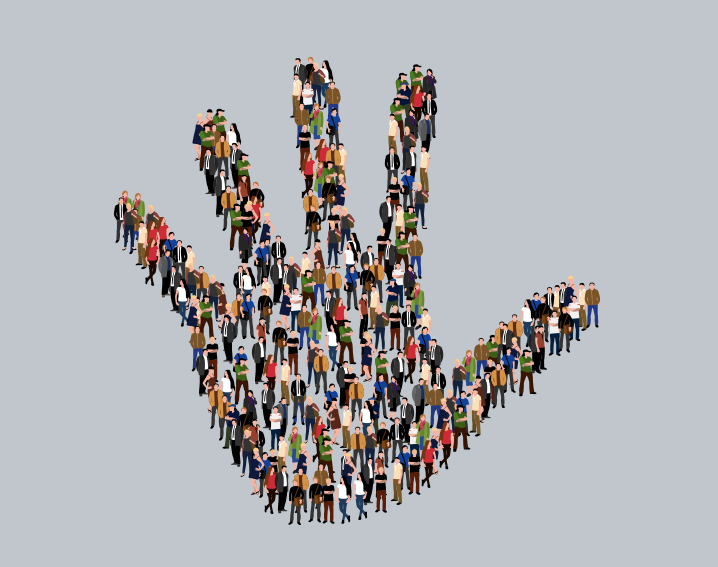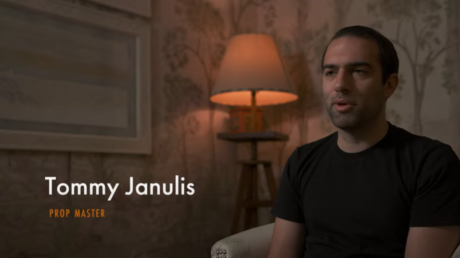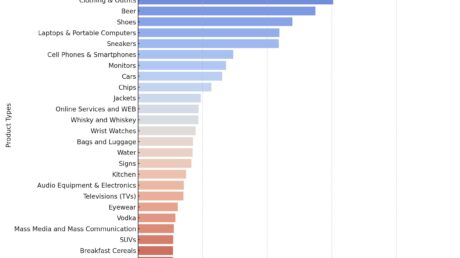History doesn’t repeat itself, it rhymes. Mistakes made in the past arrive again in the present, slightly re-dressed but always familiar.
The Supreme Court’s recent decision gutting “Affirmative Action” in college admissions is, sadly, the latest ebb in the flow toward social equality endured by people from traditionally marginalized communities.
This cyclical roll back of gains made is currently happening in politics.
It’s happening in the business world.
It’s happening across entertainment.
When I first hit Hollywood in ’90s, upstart networks Fox and UPN (later the WB) were trying to build market share by focusing on what they euphemistically called “urban audiences.” It was, largely, the first time networks really focused on representation both in front of, as well as behind the camera. I can remember sitting in the almost exclusively BIPOC writers’ room on The Martin Show thinking that was just the first of what would be any number of opportunities waiting for all of us.
But once Fox and the WB built their market share, both networks did a pivot to more “upscale” audiences largely abandoning shows that led with representation. Through the ’90s into the early 2000s TV became a desert that lacked real representation.
In 2002 I remember real distinctly the historic night Halle Berry and Denzel Washington took home well-deserved Oscars. The first time that both lead acting awards had gone to Black performers. It was on a night made all the more poignant when Denzel presented Sidney Poitier with an honorary statue. I don’t think I was alone in believing Hollywood had arrived to a watershed moment.
Then, #OscarSoWhite.
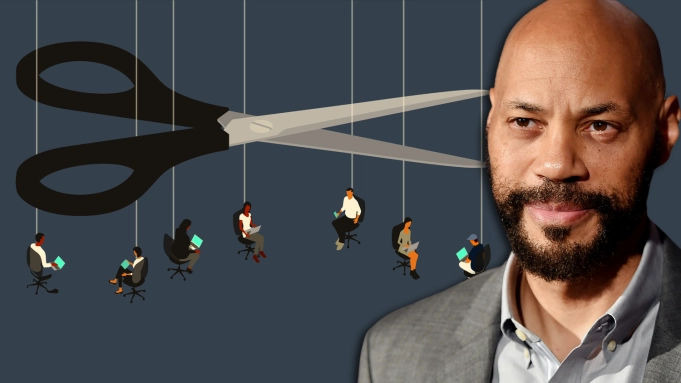
No. History doesn’t repeat. It’s 2023, and it feels like Hollywood is about to give us a new verse of the same old song.
Really doesn’t seem that long ago when, in a matter of days over the summer of 2020 — in the wake of the assassination of George Floyd — our son was out (peacefully) protesting against systemic bias just feet away from armed police officers, I was writing an open letter encouraging context to be added to the opening of Gone With the Wind on HBO, and Hollywood was promising to do a better job of elevating “diverse” voices within the industry.
So, what happened? Other than some context being added to the opening of Gone with the Wind (I mean, I think it’s still there. To be honest I haven’t checked, and I understand there’ve been some changes in leadership at the joint), not much.
According to the 2022–2023 UCLA Hollywood Diversity Reports, Hollywood remains a hostile environment for traditionally underrepresented groups. Despite minorities making up 43.1 percent of the U.S. population in 2022, the report finds that people of color “remained underrepresented on every industry employment front (emphasis added) during the 2020-21 television season.”
Some of the more painful “lowlights” of the reports:
Only 2.5 out of 10 show creators in digital scripted TV are people of color.
Only 3.8 out of 10 lead actors in digital scripted TV are people of color.
Only 3.3 out of 10 credited writers in digital scripted TV are people of color.
Shows created by people of color and women tended to receive smaller budgets than those created by white men, particularly in the digital arena.
About 2.2 out of 10 lead actors in theatrical films are people of color.
And stunningly:
Only 1.7 out of 10 theatrical film directors are people of color.
Only 1.5 out of 10 theatrical film directors are women.
Only 1.2 out of 10 theatrical film writers are people of color.
If you’re a writer of color, and you know another writer of color who’s on a film, you’re only got a .2 chance of getting a job. Sad.
Despite the lack of representation, the reports find that “In 2022, median global box office receipts peaked for those that had diverse casts — from 31 percent to 40 percent minority. For the top films released via streaming platforms in 2022, ratings for most groups were also highest for films with casts that were from 31 percent to 40 percent minority.” Similar was true with the “success rate” for television, and in all circumstances these “diverse” projects were more likely to be reflective behind the camera as well.
So much for “go woke, go broke.”
Same as in every business sector, we — the traditionally marginalized — support commerce with our dollars even when we do not get the support we need for advancement. And the support that is in present is eroding at the same speed it was hastily put into place. Reports abound on the exodus of BIPOC execs — most of them women — from leadership positions in Hollywood and the seeming indifference from the upper levels of the various content providers. Having BIPOC execs in place doesn’t guarantee smooth sailing for creators of color (ooooh, trust me. I know that from experience) but I have lived through and heard way too many stories of creatives having to “prove” to execs that the nuances of our lived experiences matter in storytelling. That, as opposed to taking meetings with people who have an innate understanding of where we’re coming from the jump.
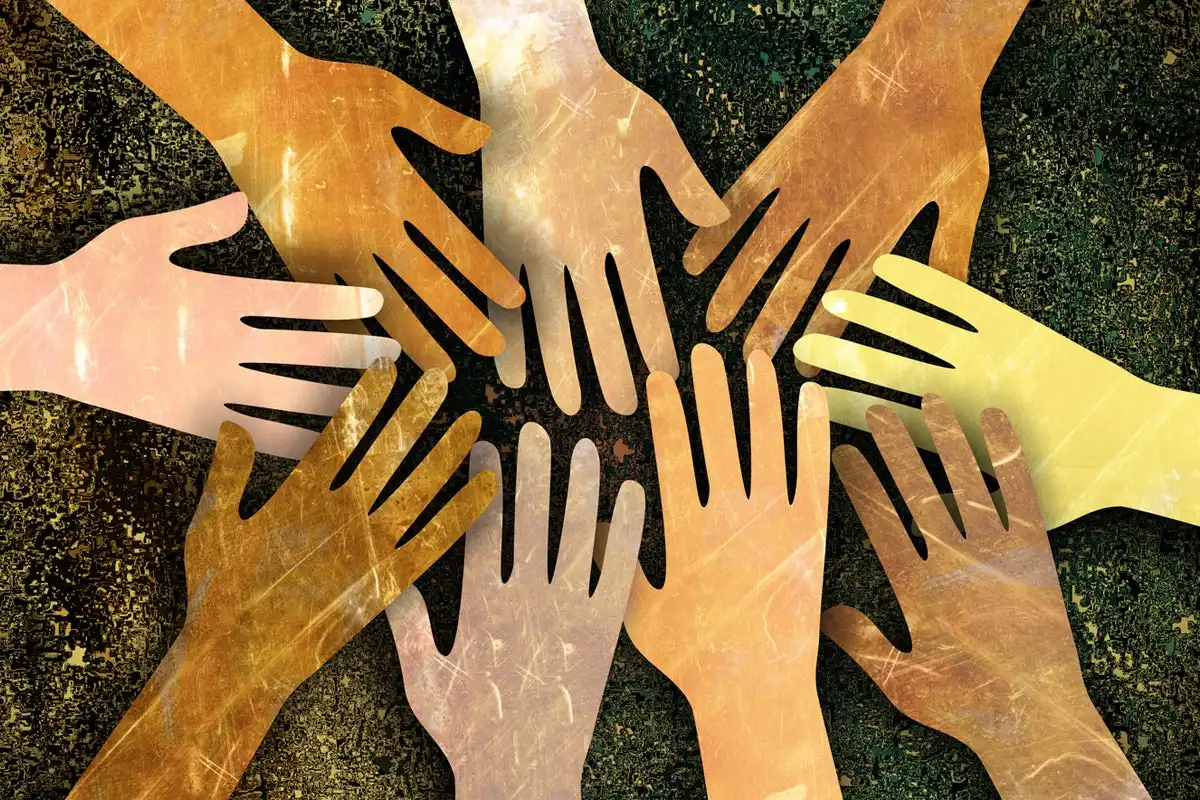
This is not meant to be an “us vs. them” indictment. The opportunities I had early in my career — probably more opportunities than I deserved — were provided by guys who were dead center of the Prevailing Culture: John Wells, Mitch Hurwitz, Jordan Moffat, and the late and I really, really mean great John Bowman. While these guys are not unicorns, the stats show that — no pun intended — they are in the minority. -And If the gatekeepers don’t feel the moral imperative to do better, maybe it’s time to stop wishing for change and start insisting on it.
This current work stoppage Hollywood’s going through has revealed legit grievances surrounding pay, contracts and transparency. At the same time there’s a demand to mandate a formula for the size of writers’ rooms. So, if one can mandate the number of writers in a room, where’s the push to mandate the demographic make up of rooms? And I don’t want to hear “you can’t mandate ‘diversity.’ ” A mandate, is a mandate, is a mandate. If all that is being mandated is the status quo, that doesn’t cut it. I’ll be straight: I don’t believe in any room mandates. Bad idea. But considering the state of Hollywood –considering the demonstrative lack of progress even in 2023 — mandates that don’t make allowances for the traditionally marginalized are just codifying privilege. Affirmative Action without the “Affirmation.” For the dollars spent by “our” communities, we deserve better.
The truth is the way forward is not easy, it’s not always going to be pleasant, it’s not going to work for everyone, but it will surely work better than what’s been served up in the past.
In her dissent of the Supreme Court’s ruling on “Affirmative Action” in college admissions, Justice Ketanji Brown Jackson wrote: “The only way out of this morass — for all of us — is to stare at racial disparity unblinkingly, and then do what evidence and experts tell us is required to level the playing field and march forward together, collectively striving to achieve true equality for all Americans.”
While I hope and pray Justice Jackson never leaves the Court, if she did we could desperately use her as an exec here in Hollywood.
This piece was originally published by Deadline and was written by John Ridley.

